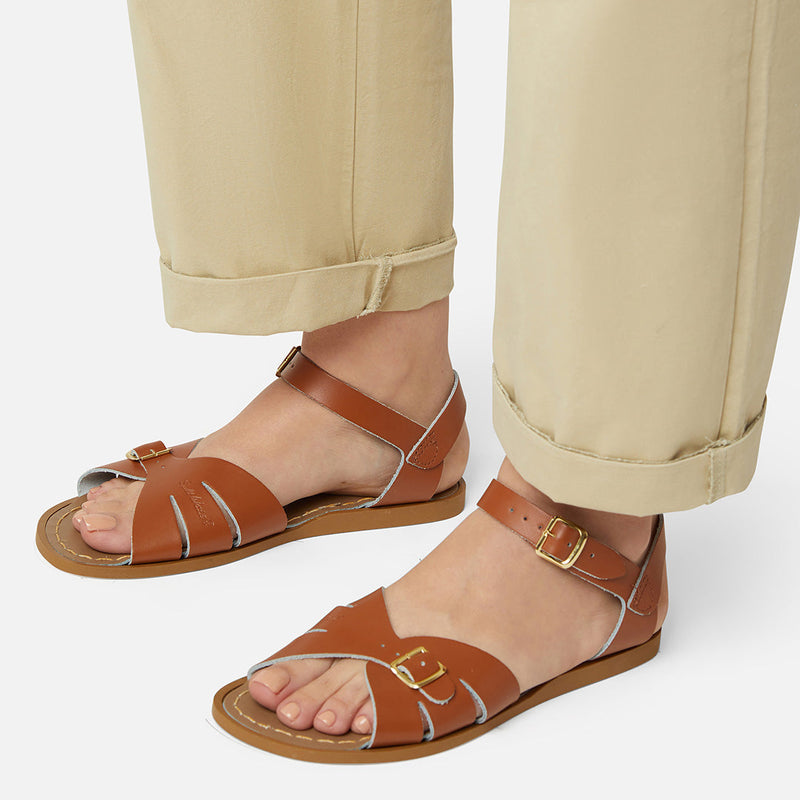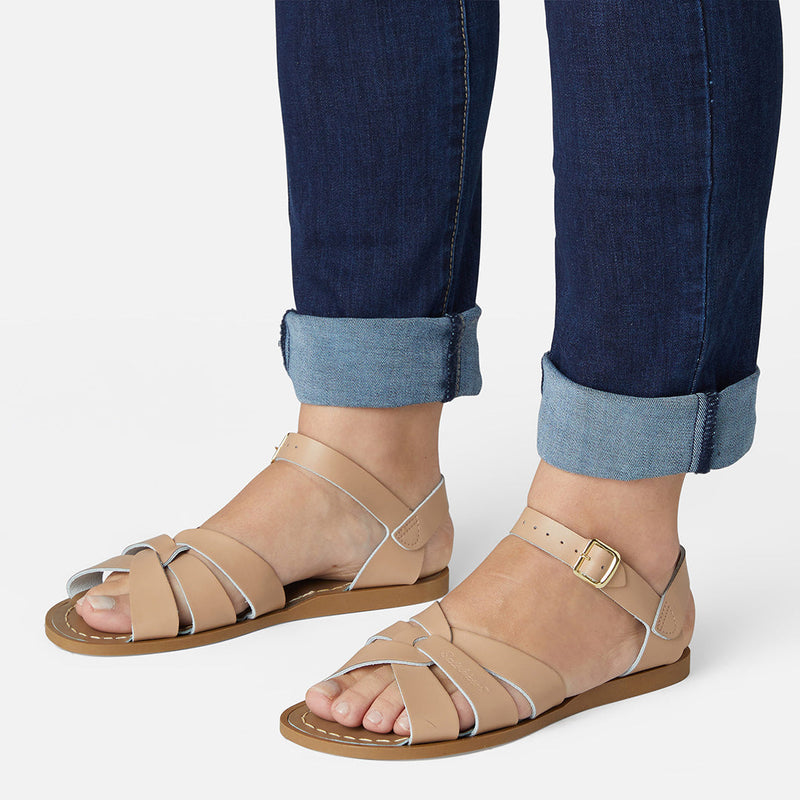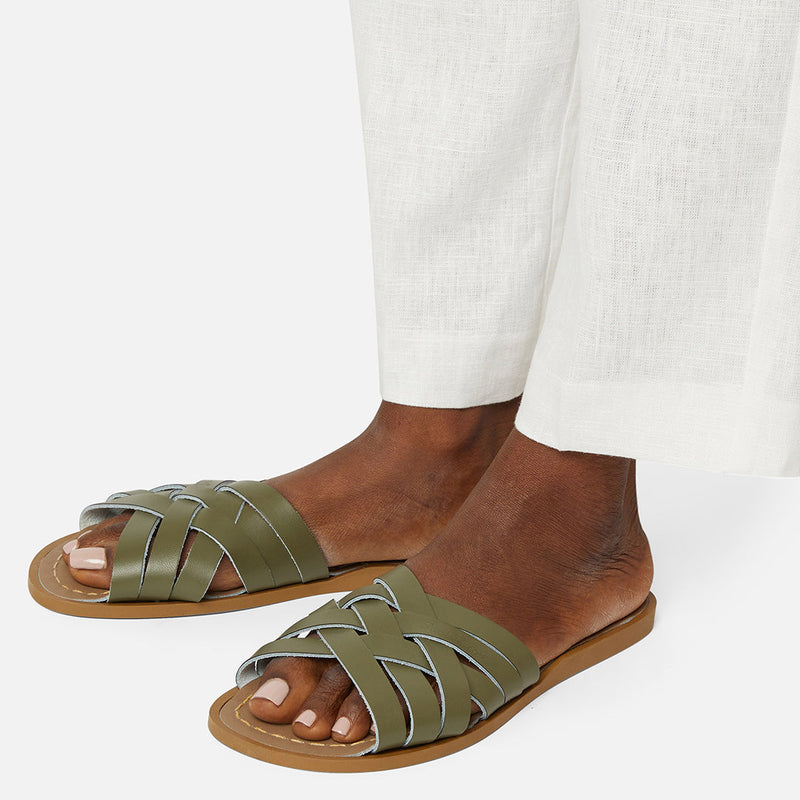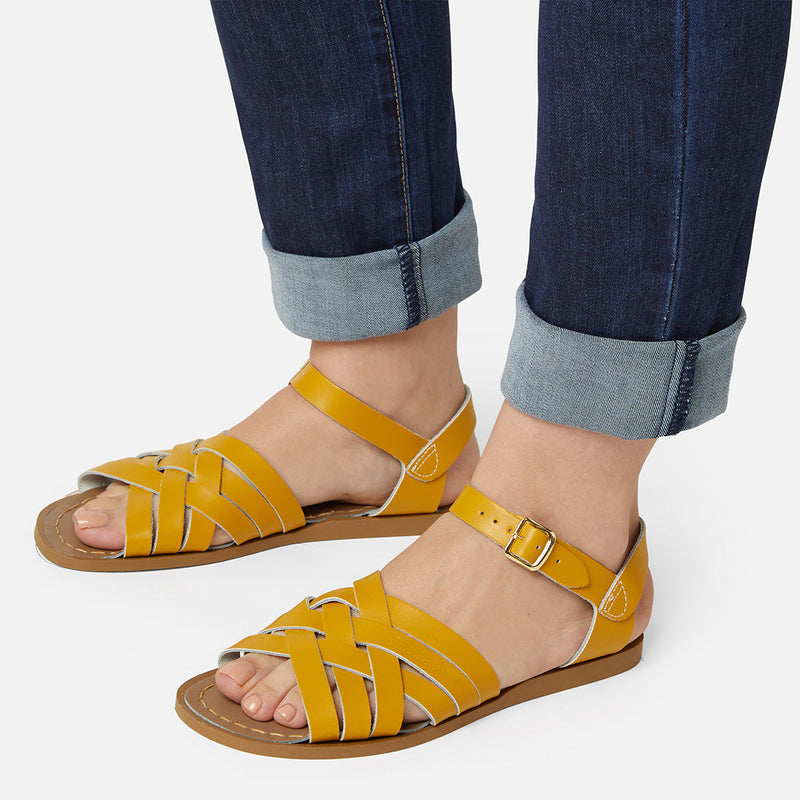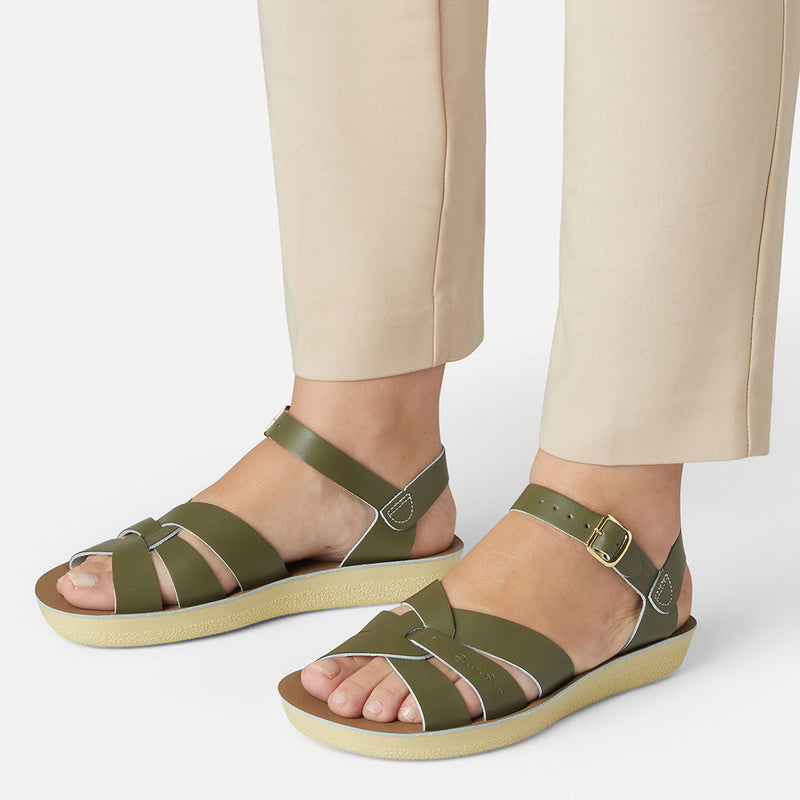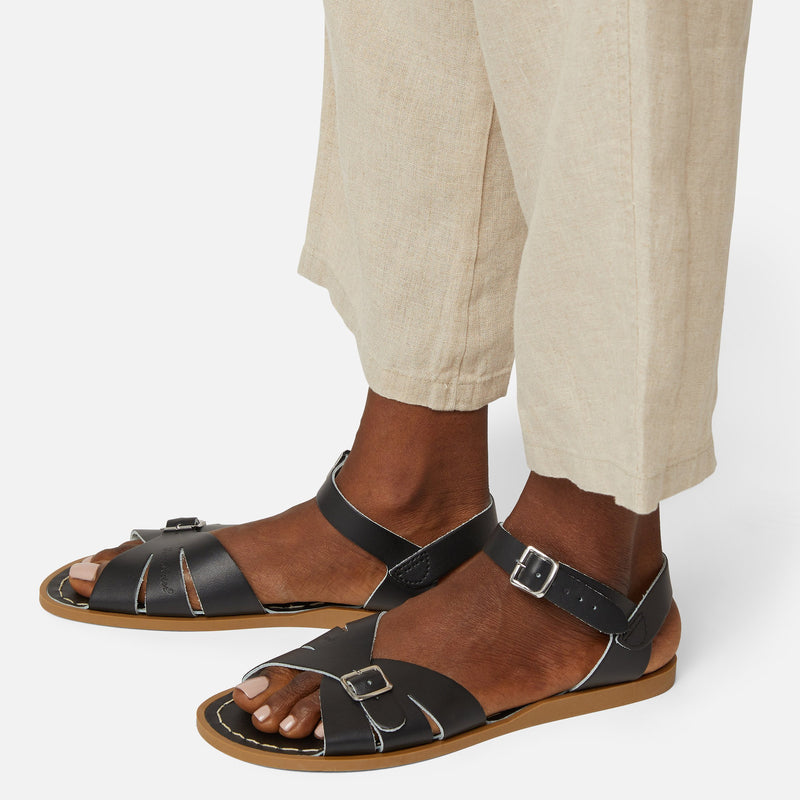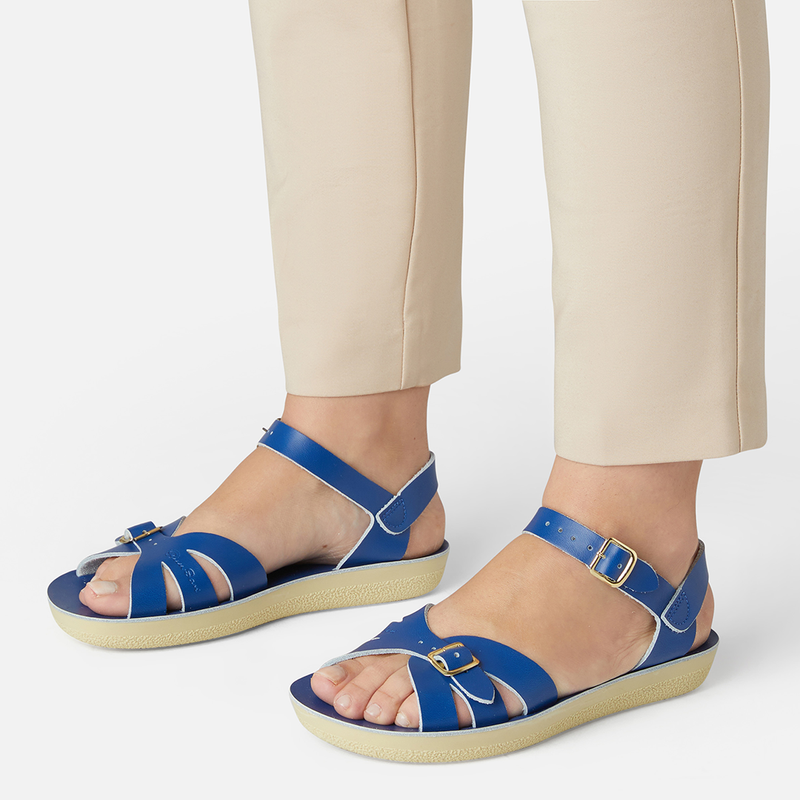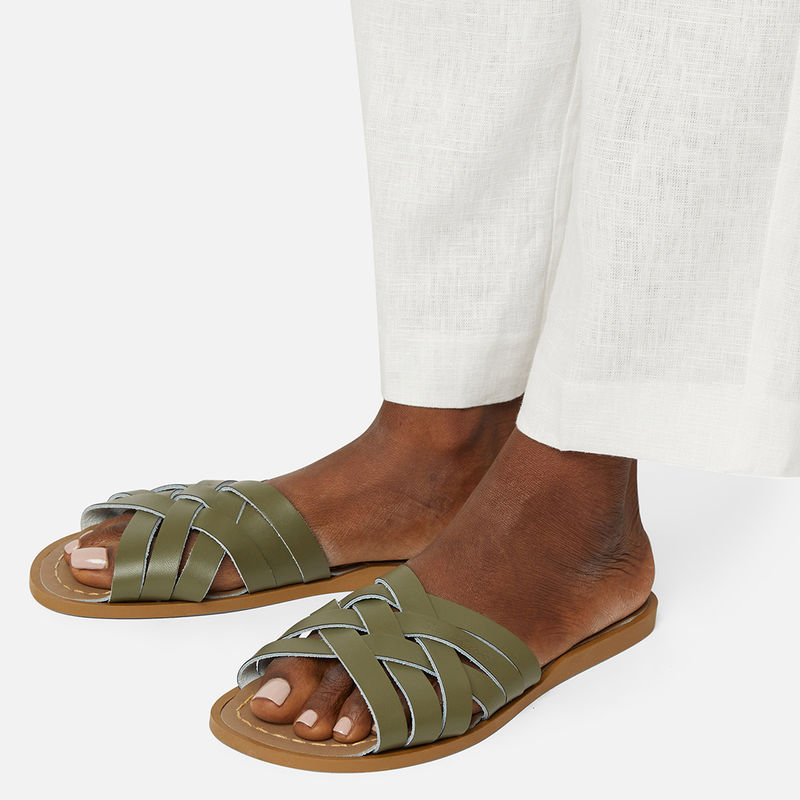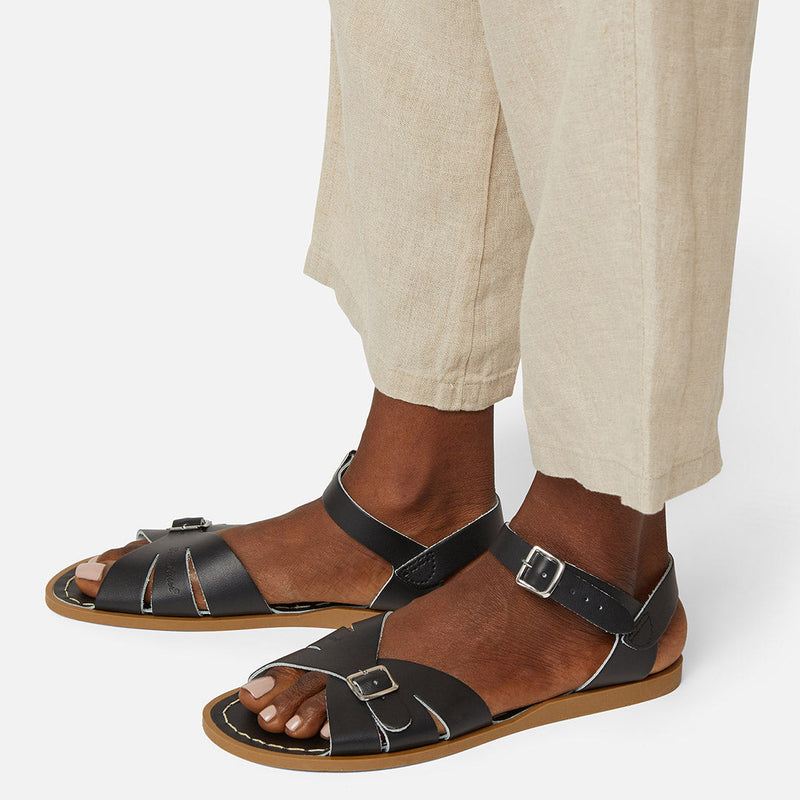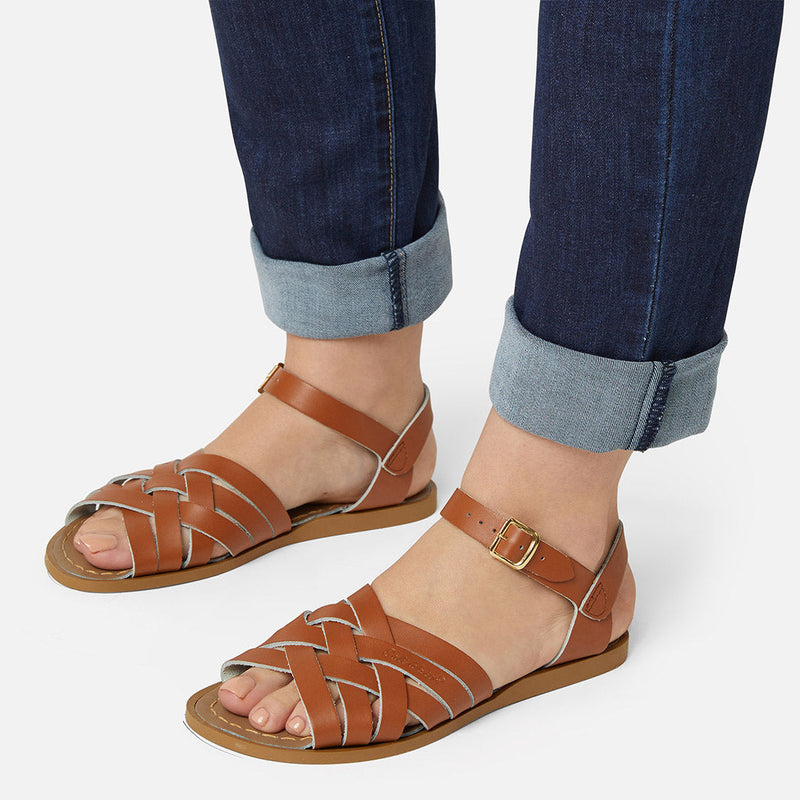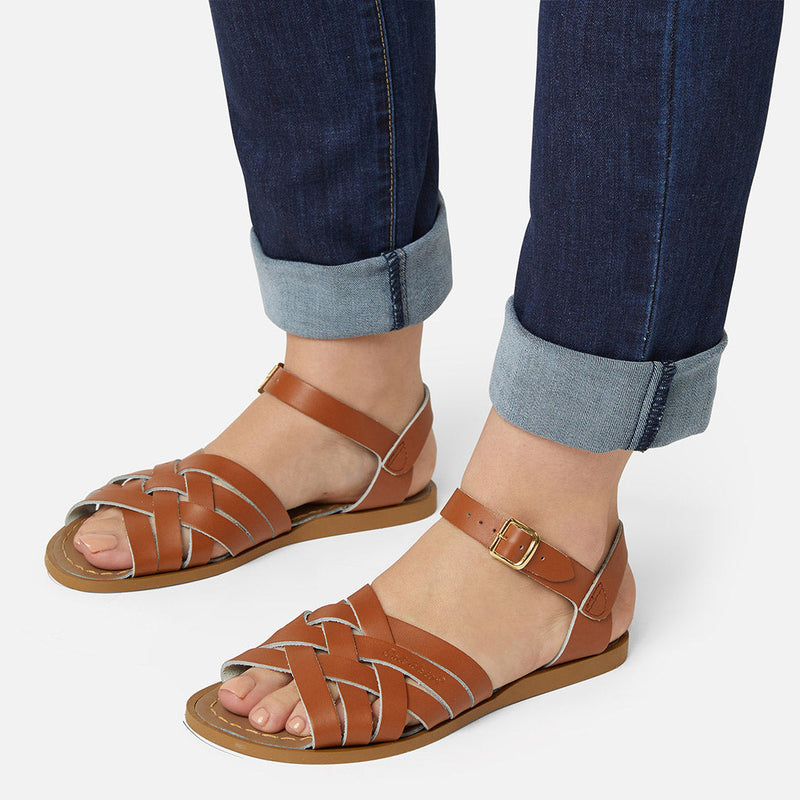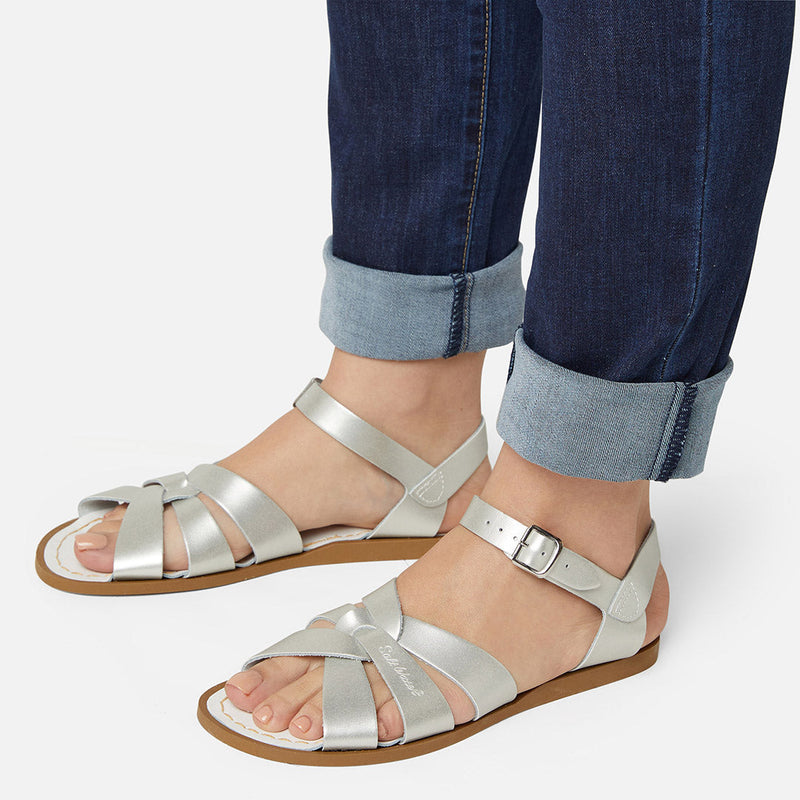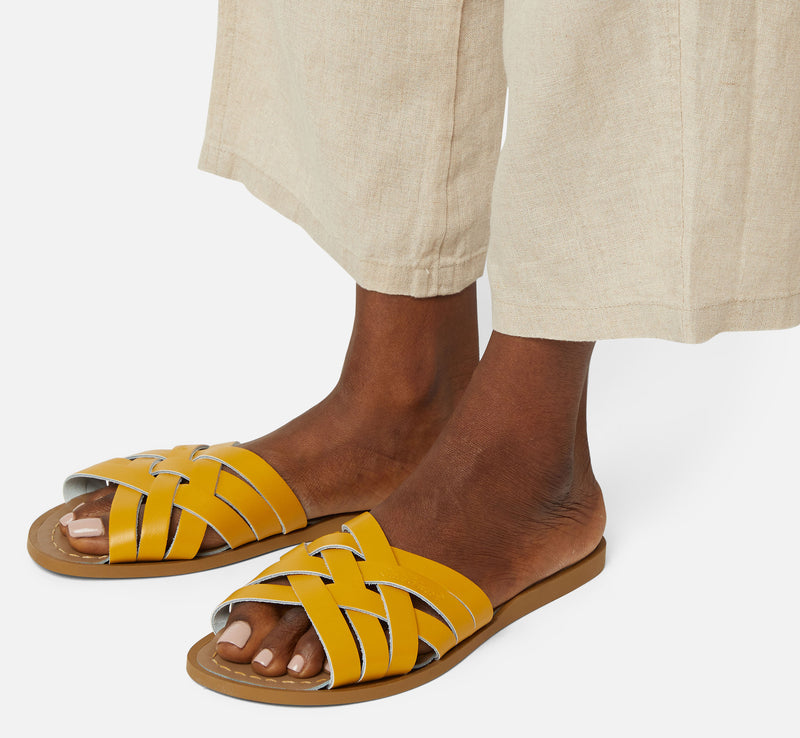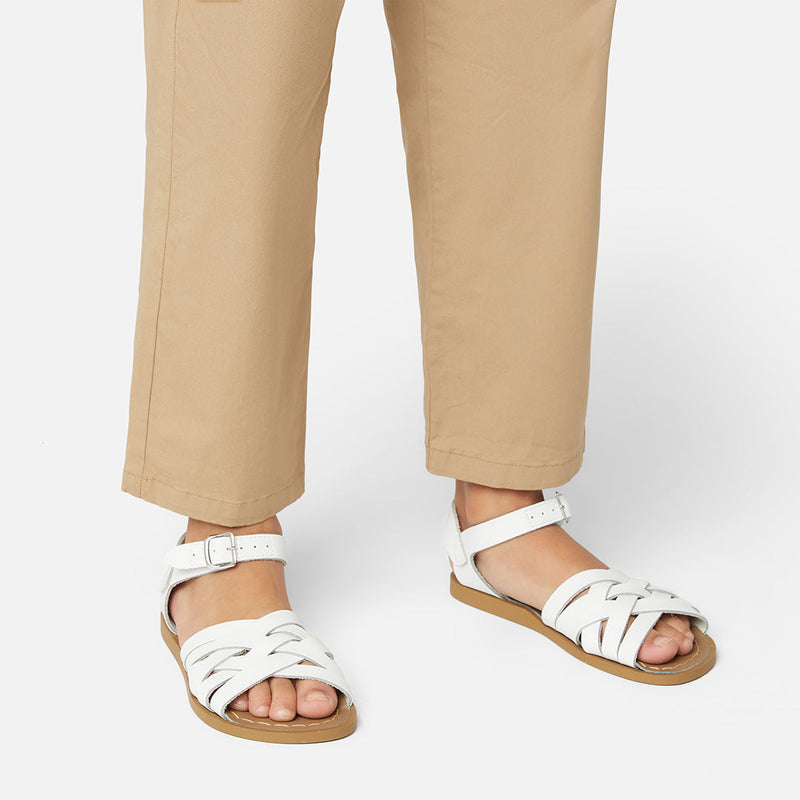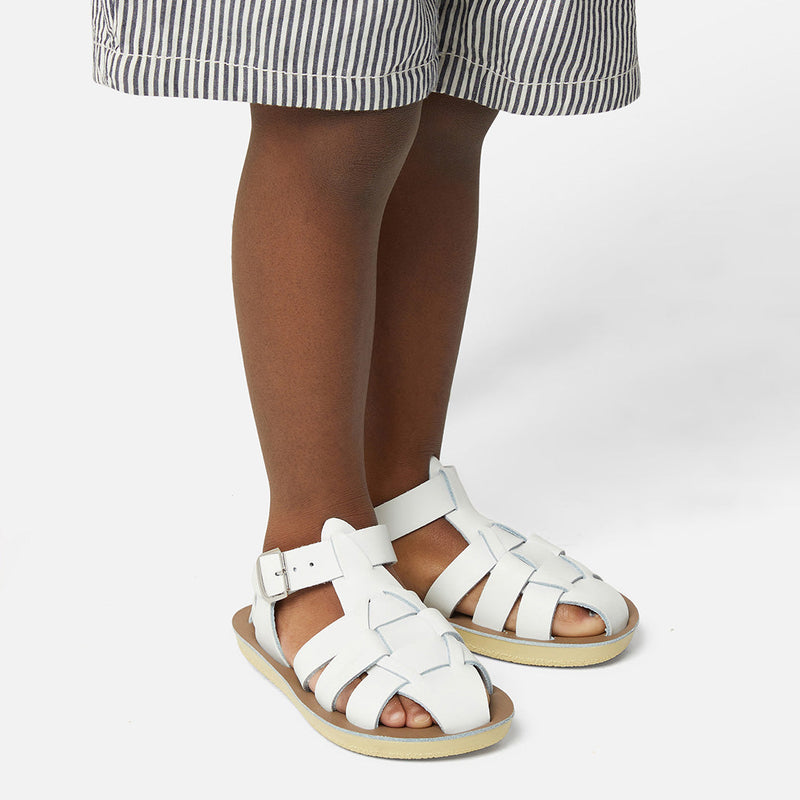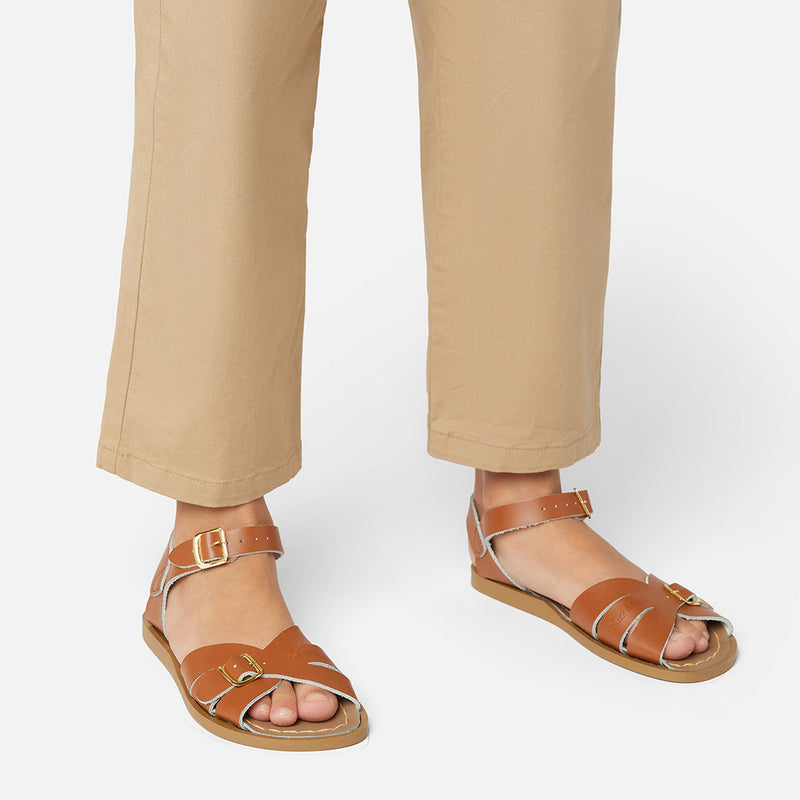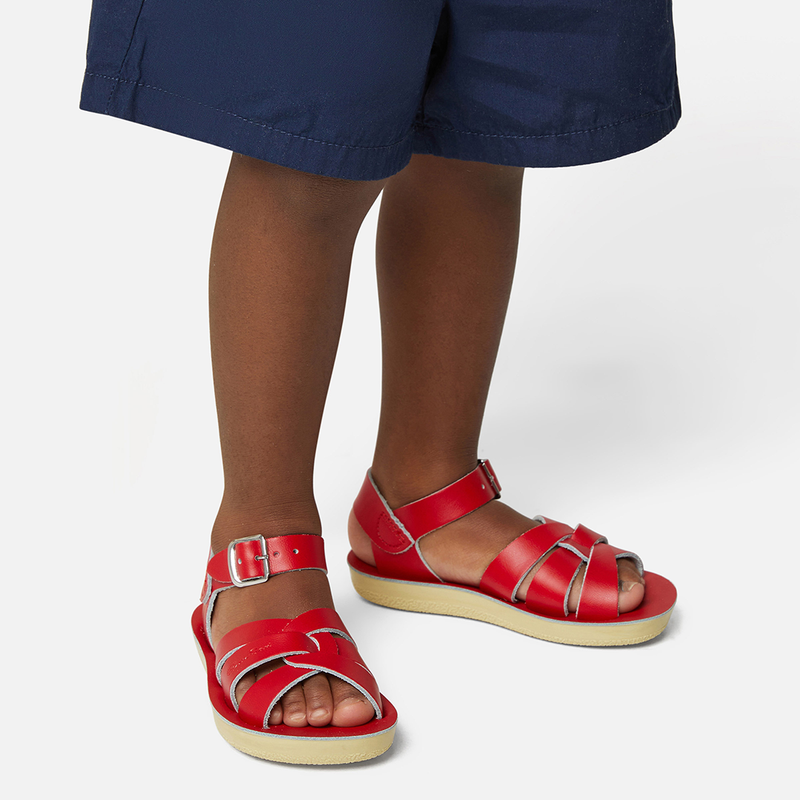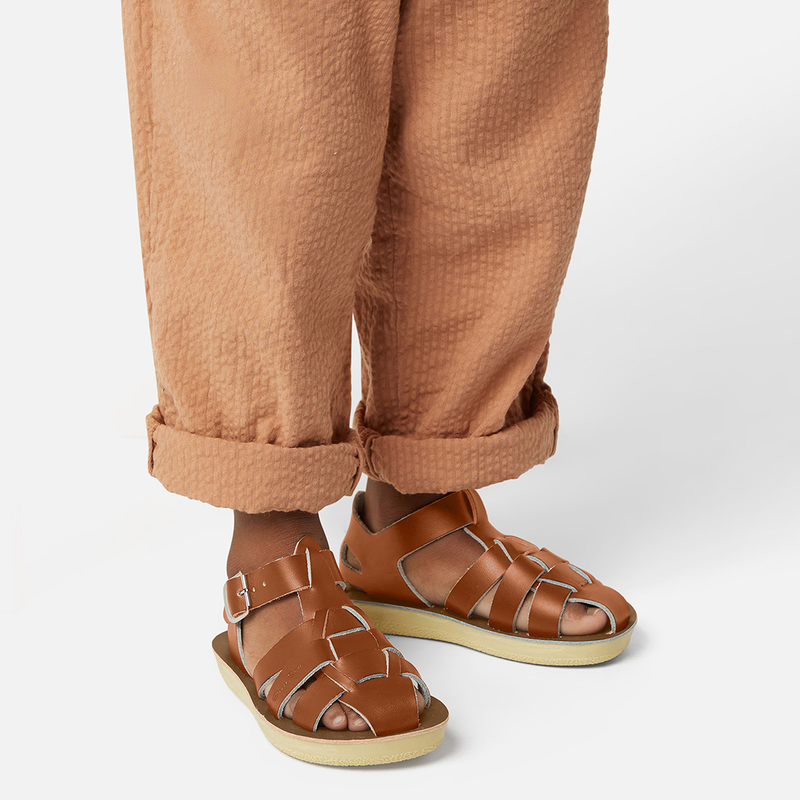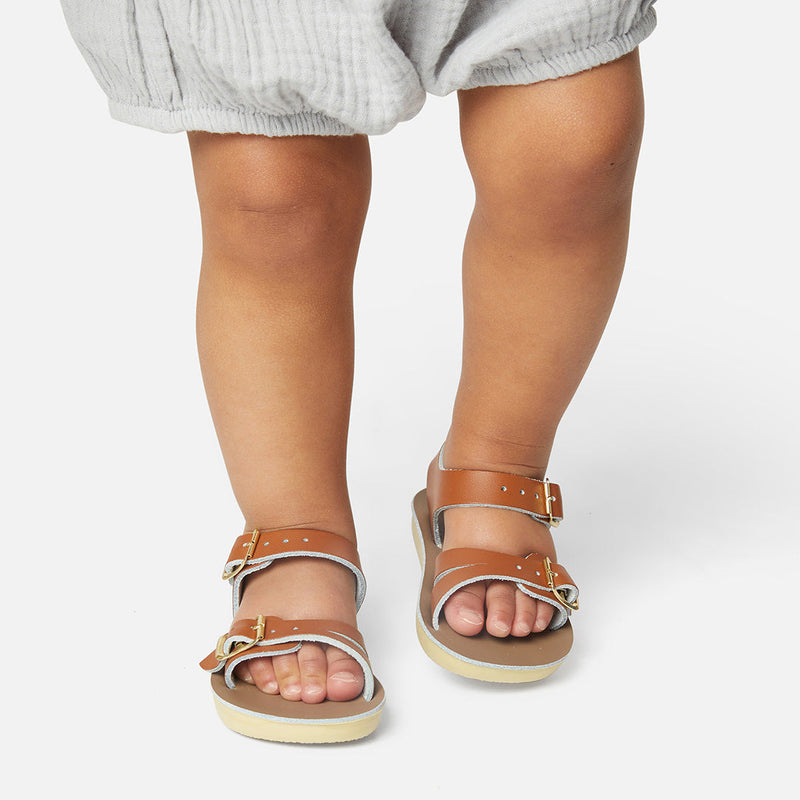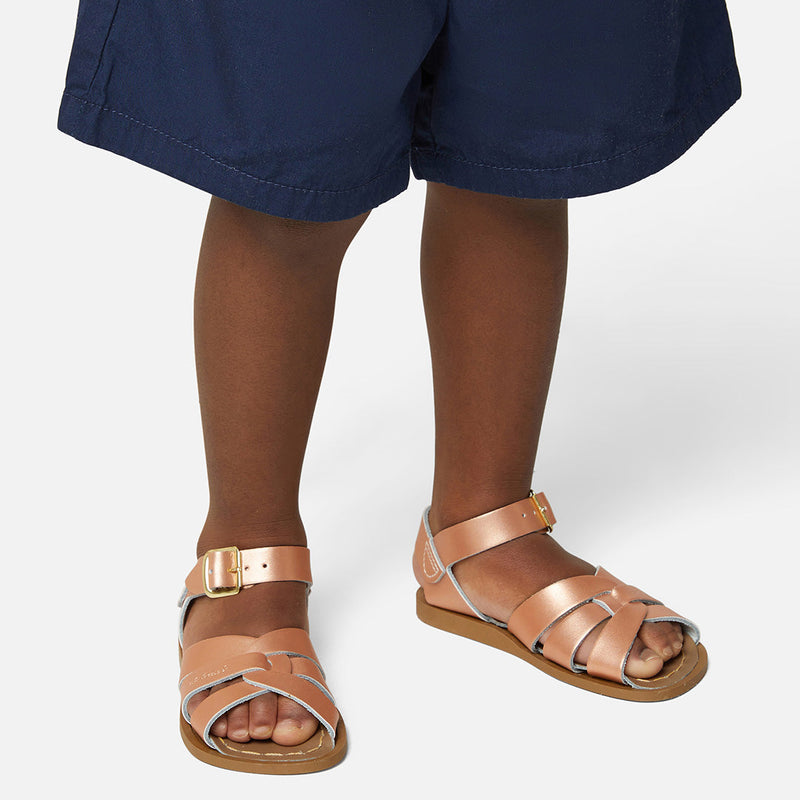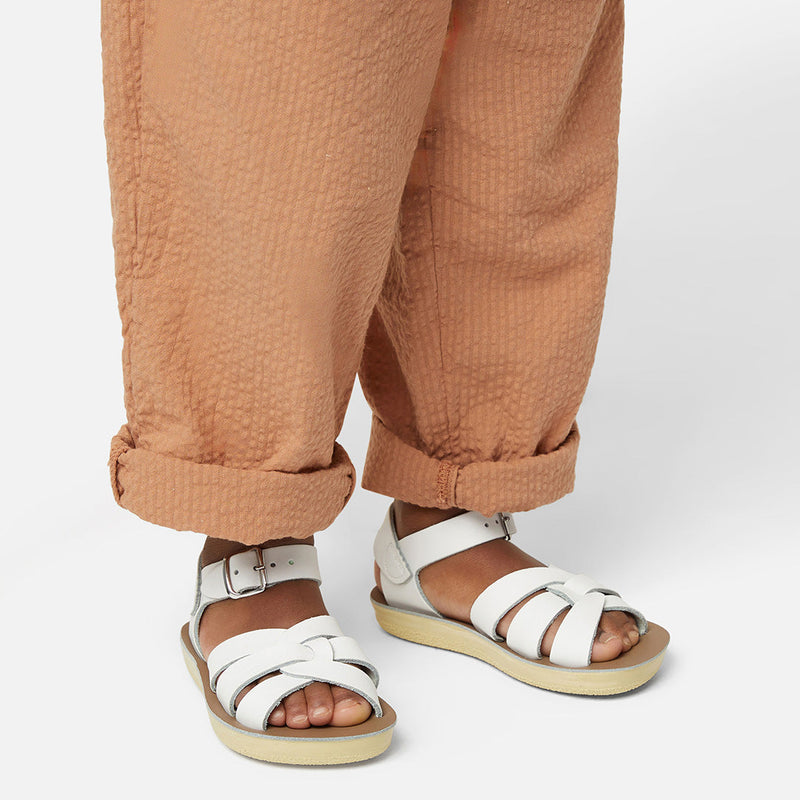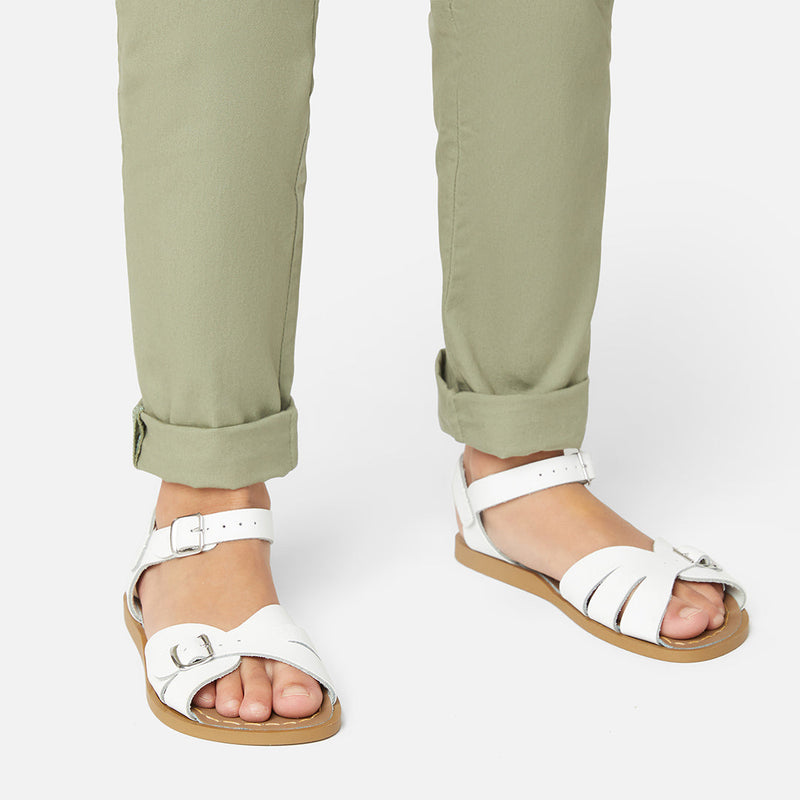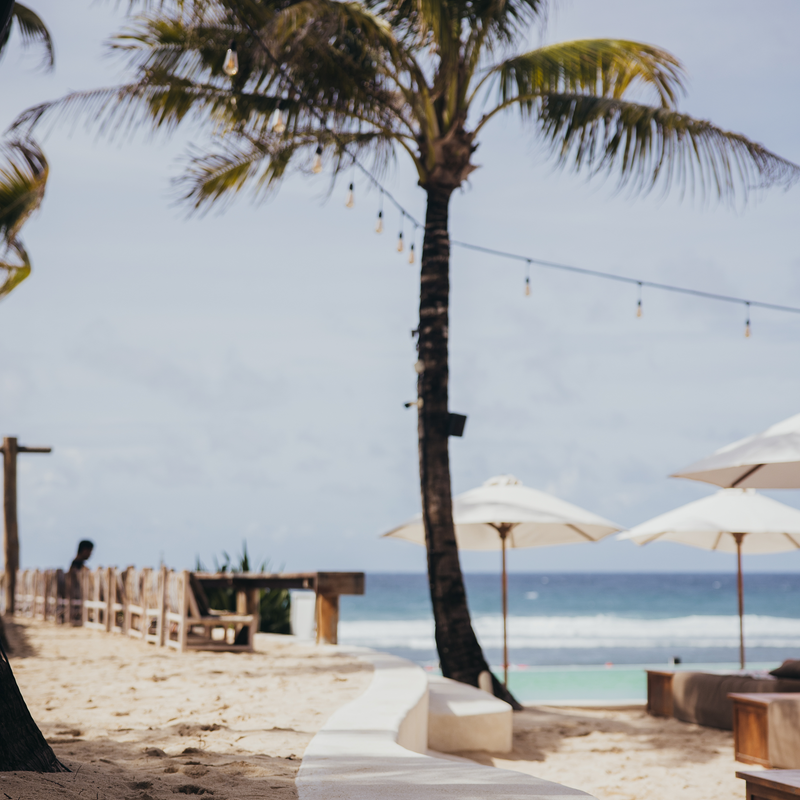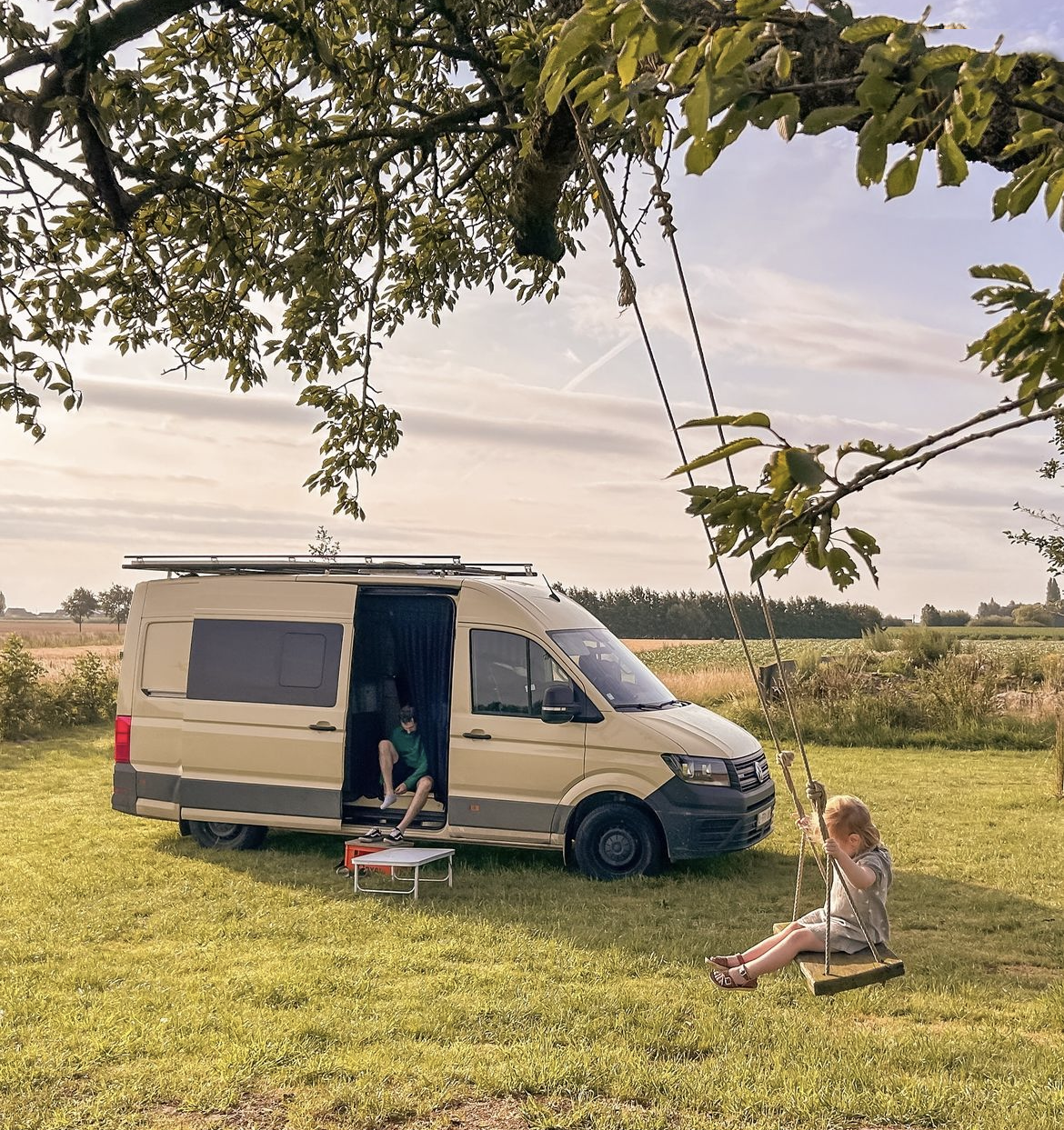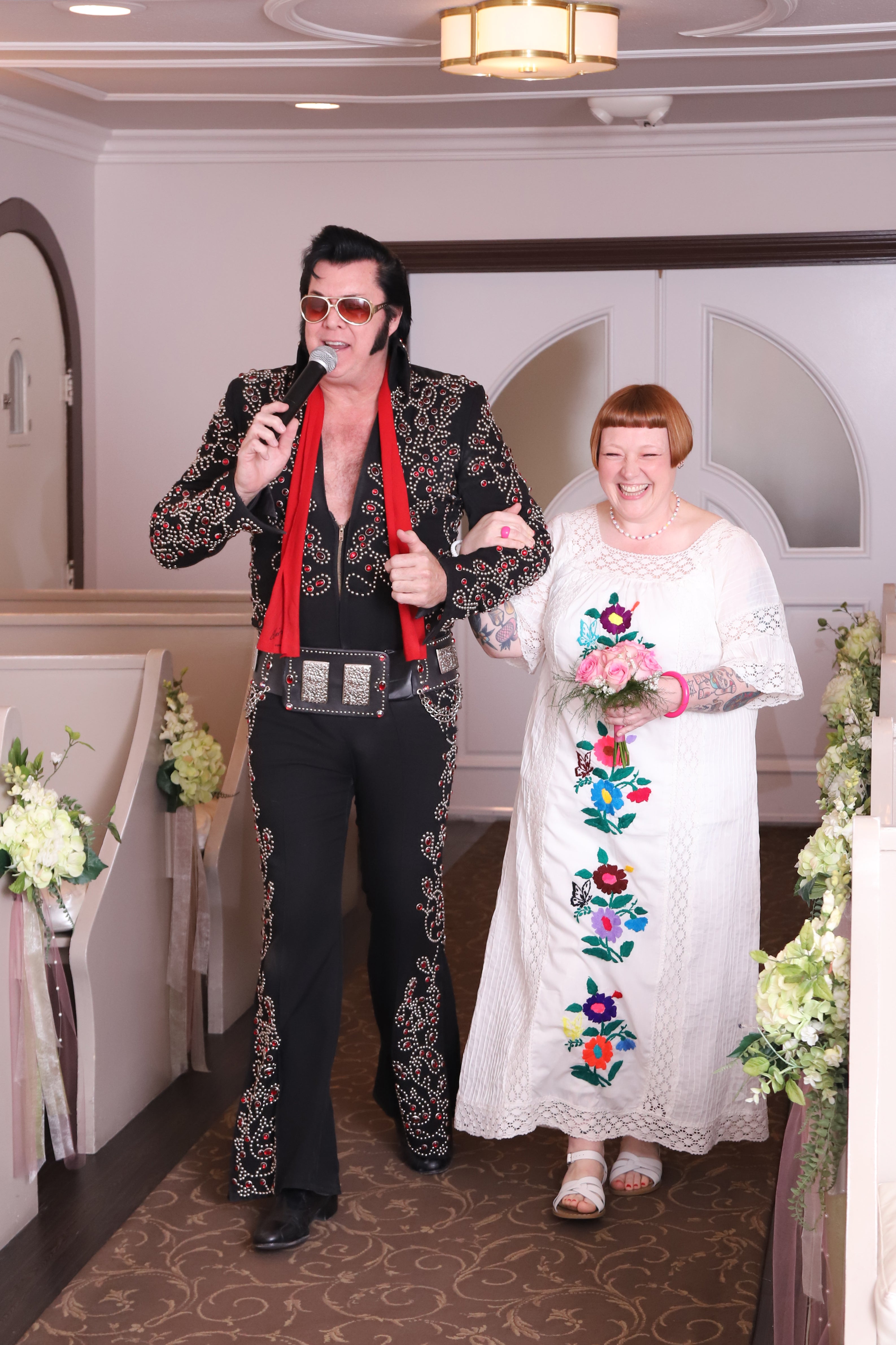
Saltie Crafts - with Emma Carlisle

The narrative has always been important to you. Do you see/imagine stories unfold in the landscapes you illustrate?
The narrative has always felt like a huge part of my process and I’ve always loved storytelling (I’d even make tiny illustrated books when I was little and read them to anyone who’d listen!) In 2018 I suffered from really bad mental health after some difficult life changes and decided to take a step back from children’s books and develop my illustration work. I think when you’re creative you can tell when something feels right and at the time I knew my work wasn’t making me happy.
I fell into landscapes by accident as I was taking part in Helen Stephens #walktosee project where she encourages illustrators to go and draw from life. Living in Devon it was easy for me to pack a rucksack full of art supplies and go sketching by the coast. I think wanting to spend more time in nature mixed withdrawing on location gave me a real passion for landscapes. Over the last 6 months, I’ve started to feel narrative naturally creep back into my work and I often find myself wondering who’s living in the houses I’m drawing. I feel really satisfied when I add little washing lines, fences or swings because those hints of life give an open narrative for others to discover and I really love that.

Your paintings are largely inspired by Devon and Cornwall. Do you have some favourite locations that you love to observe and paint?
Oooo tricky! I love exploring Devon and Cornwall and I’m very lucky that I have such understanding friends who don’t mind me whipping out my sketchbook when we go out for coffee! Having a sketchbook in my bag means that I’m always ready to draw, even if it’s a quick 15-minute sketch to get down some loose shapes or a sense of place. Me and my friend Emily Powell (who makes the most beautiful, colourful paintings) had a drawing day in Falmouth last summer which was lovely and I also visited Salcombe with my friend Holly Wales (who’s also an amazing illustrator) and both of these trips inspired me to work on bigger canvas pieces once I’d got home - although this is part of my process which I’m still trying to master (sketchbook to canvas) and I’ve not quite got the hang of it … yet!
Do you have a particular love for a certain medium?
If I’m working in my sketchbook then there are a few materials in my pencil case that I couldn’t be without – Caran D’ache Luminance Pencils (my favourite colour is Paynes Grey), Caran D’ache Neo Colour Crayons, Royal Talens Ecoline Watercolour Pens and Tombow Brush Pens. I feel a mix of these gives you a great range of colour, texture and tone. If I’m painting then I personally love gouache, its such a friendly paint and is great for someone who’s just starting out – mainly because it washes out of clothes (I always seem to lean in my paint palettes!) but also they can be watered down and used like watercolour. Or you can use them thicker which means you can cover up mistakes! My work was recently featured in a book called Get Up and Gouache by Jessica Smith, which has lots of tips and advice for using gouache paint.

Do you have a favourite time of year for painting, where the landscapes and nature resonate most with you?
During the winter months, I wish for warmer weather so I can head out and paint in the sunshine, but in the summer I wish for wet rainy days because I’ve started loving drawing in the rain (thanks to Helen Stephens who I mentioned earlier!) I personally love capturing something a bit more moody so Autumn/Winter landscapes give me more of a range of colours and textures to work with.

What feelings stir in you as you illustrate and observe a scene?
When I’m drawing on location I’ll walk around for a little bit first and try to find a good spot to draw. I personally like something which has got a few things going on, but I’ll also listen to how I’m feeling about the place too. If I’m feeling uncomfortable or overlooked chances are my drawing will be over thought, stiff and unconnected. If I can find somewhere, where I can fully switch off it almost, becomes like meditation and I don’t notice time passing or what’s going on around me – it’s one of the reasons why I don’t like painting too close to the sea because I’m scared I’ll get so in the zone that I’ll not notice the tide coming in!
For anyone who hasn’t taken to the canvas or picked up a sketchbook in a while, where do you recommend starting?
If you’re starting in a sketchbook skip your first page - it can be so easy to think a sketchbook has to be precious or feel that you’re not sure where to start so I always jump to page 2 (or 3) because it almost tricks my brain into not worrying about it too much. Most people at home will have a pencil and some paper, experiment and discover all the different marks that a pencil can make - if you hold it on its side will it give you a soft edge? If you use if carefully how delicate can you make your line? It’s amazing the range of textures you can get from one pencil. If you’re stood in front of a blank canvas I’d get a light colour (off white) and just paint all over it (like a base coat), make a mess, notice your brush strokes, try painting in different directions and just get used to it before working back over the top.
saltwater2 from Salt-Water Sandals Europe/Asia on Vimeo.
What are some essential tools to have to get beginners going?
Essential mindset - One of the things people say to me is “I wish I could work looser like you”, but what they don’t see is that its taken a lot of time to un-learn and then re-learn how to paint. Some people will just be naturally talented, but if you’re starting something for the first time (or revisiting after some time away) you are going to make A LOT of bad drawings or paintings before you make something good (something Elaine from Studio 1850 told me last year during my creative consultant meeting). I share a small snippet of what I do on Instagram, but for every good painting, there’s probably about 5 or 6 in the “bin” pile next to me. I think if you’re starting out just try and make a mess and not worry about showing anyone, just close your eyes and put on your favourite music and embrace it!
Essential tools – my all-time favourite sketchbook is a Royal Talens Art Creation Sketchbook. The paper is a slight off white, it’s thick enough to take a range of materials, they come in lots of sizes and they’re not too expensive. I started my creative journey with just a sketchbook and a pencil and that’s all you really need to get going, but if you can get an online order of art supplies (Jackson Art are still posting out online orders) then get a few Luminance pencils (they’re expensive but worth it - trust me!) and brush pens will let you play around with colour, shape and texture.

If someone is feeling frustrated with their artistic attempts, what do you recommend doing?
Keep going! It might be that you’ve not got the right materials for you or the right subject matter. One of the most memorable bits of advice, when I was at Uni, was “if you can’t draw dogs, don’t!” because I would struggle for hours drawing these demon looking dogs, but really I should have spent that time drawing something else instead… like cats! There’s a great story about Maurice Sendak who wrote “Where The Wild Things Are” and how that book was originally meant to be “Where The Wild Horses Are”, but he couldn’t draw horses so he changed it to “Things”. I have finally re-deemed myself now as it was my nieces birthday this week (Happy Birthday Ellie!) and I did a painting of their dog as a present. She was really pleased with it so I think I’m finally past my scary dog-drawing days (fingers crossed!)
Art can bring great presence and expanse to the mind. How important do you think art is for mental health and well-being?
I talk openly and regularly about the link between creativity and mental health on my Instagram posts. Personally, art saved me at a time when I was at my lowest, it gave me something to focus on and something to structure my day around. Posting my work on Instagram helped me build a creative community that has been so supportive and I really love that being open and honest about my own journey has helped others to use art as a healing tool too. Scientifically creativity has been proven to elevate your mood, reduce your anxiety and give you a boost of dopamine (that feel-good feeling), but it also helps you process feelings and emotions that you can’t put into words.

What are you painting at the moment?
I’ve actually not painted for a few days – gulp! But I have a few larger abstracts that I’d like to work in this weekend as well as some landscapes that I’d like to revisit. I’m working on a few drawing projects at the moment which I can’t share, but I’m trying to keep a good balance between project work and personal work as the two definitely influence each other!
We hope you enjoyed reading all about Emma’s story and seeing her lovely sketches!

